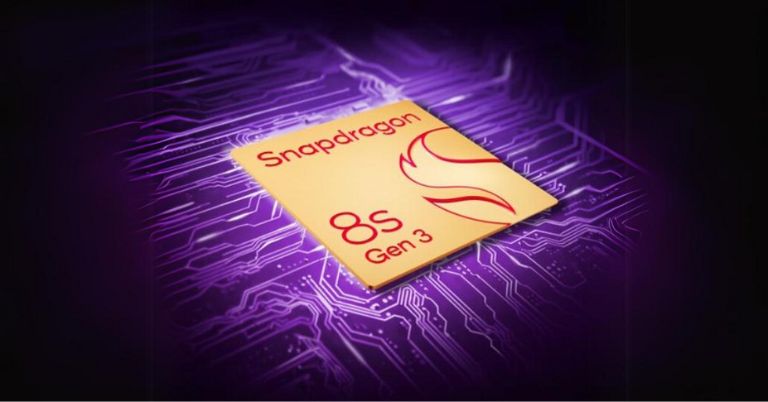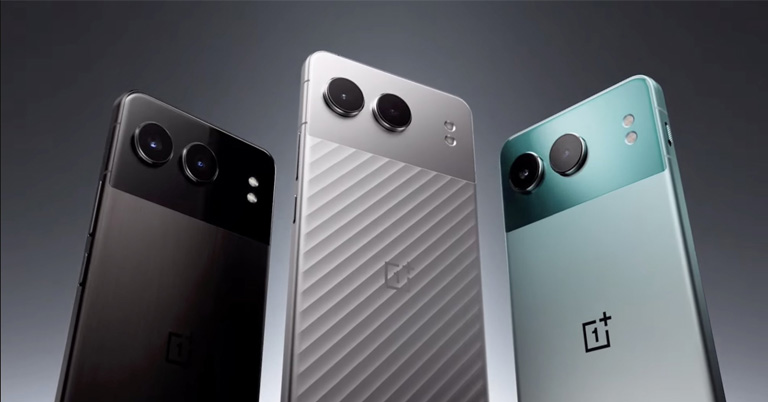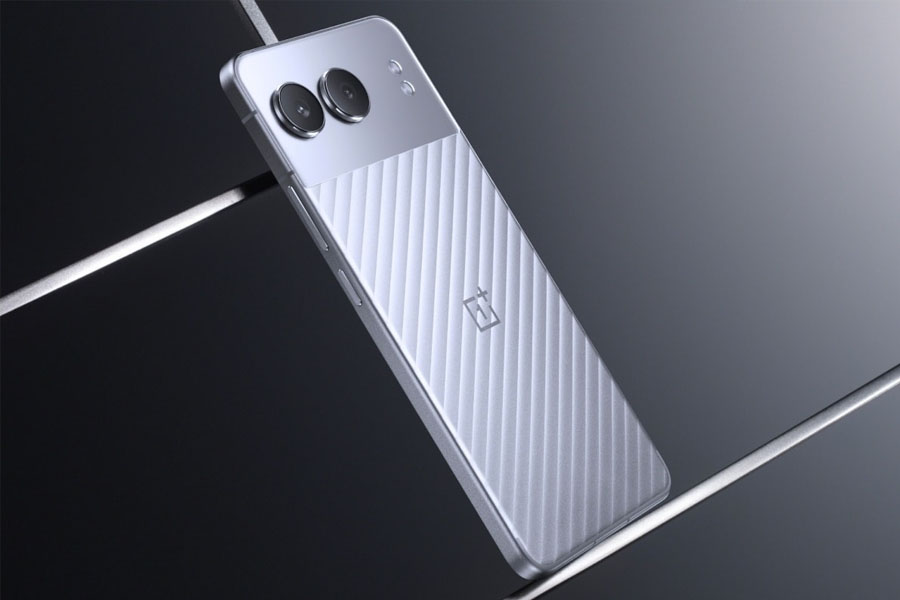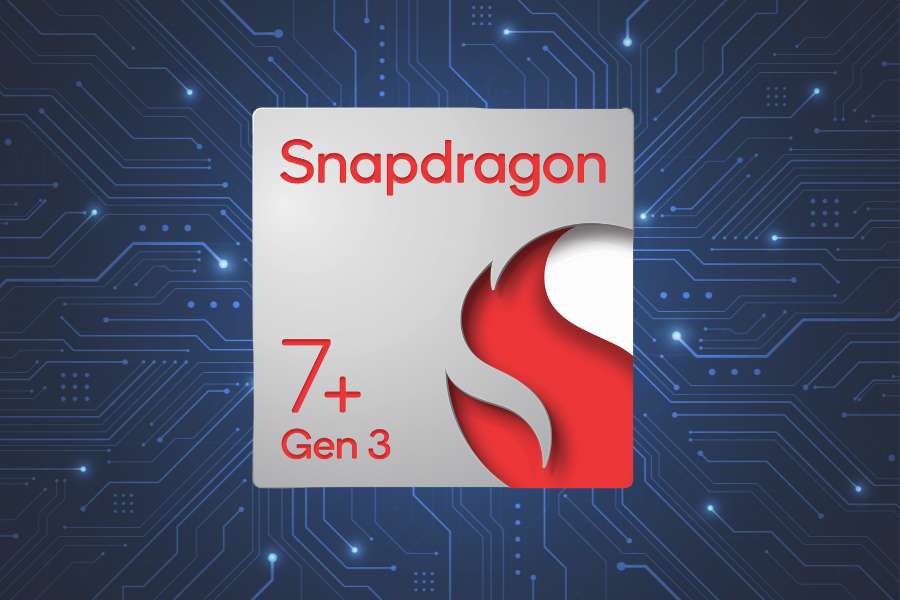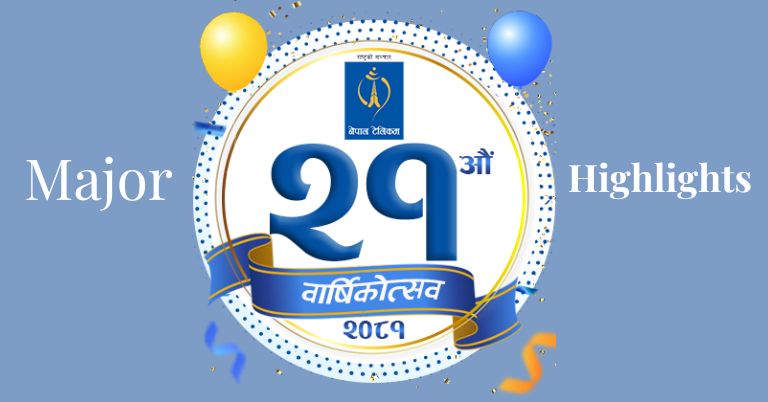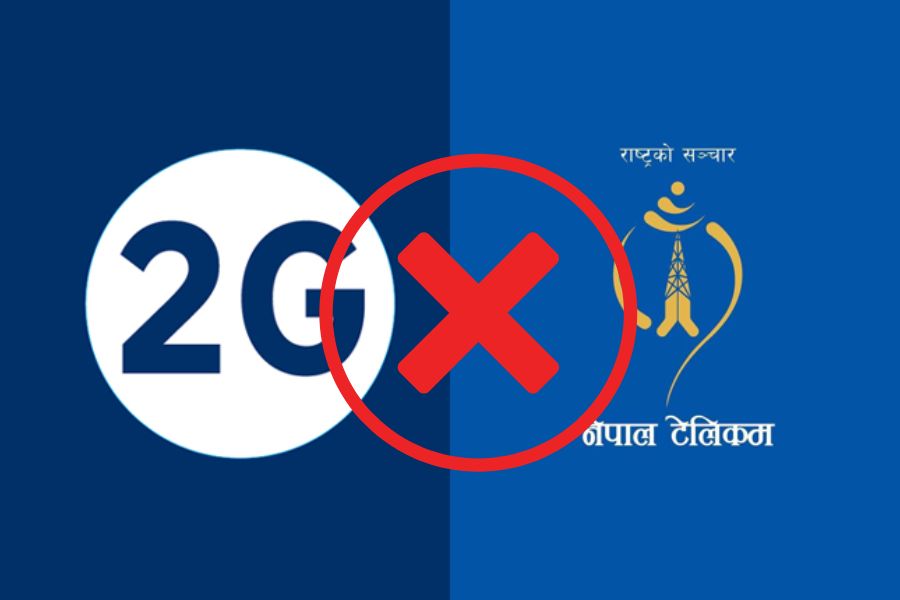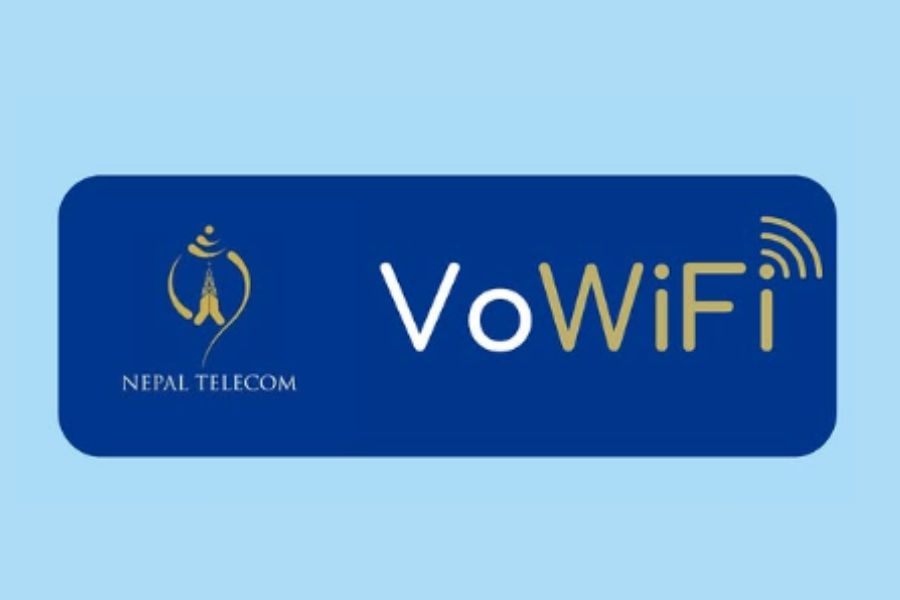Vivo’s V series is a line of slim, sleek, and beautiful-looking phones. The Vivo V40 series just launched earlier this year and had Zeiss lenses which are normally reserved for the flagship offerings. Despite its recency, its successor is already ready to make its way to the market. Let’s talk about the Vivo V50 and what we know so far.
Vivo V50 Series Rumours Round-up
Leaked Design
The hands-on shots were leaked yesterday, and they look exactly like last year’s Vivo V40. Furthermore, The Vivo V50 series will have a vanilla and a Pro model. I
n the meantime, the previously rumored listings already revealed quite a bit about the device. Firstly, it will be 160.53 mm x 74.18 mm x 7.19 mm in dimensions and 185.50 grams in weight. Likewise, it has a 6.67-inch AMOLED panel with 1.5K resolution and 5000 nits brightness on the front.

Performance
The phone’s Geekbench listing has detailed information on the processor that scores 1,222 and 3,417 on single and multi-core performance. Based on the given information, it appears to be the Snapdragon 7 Gen 3 — the same thing that powered the Vivo V40. This means there are no upgrades on the brains of the Vivo V50.
- You may also like:
- Vivo X200 Pro launching soon in Nepal with top-notch cameras, Dimensity 9400
- Vivo X200 Ultra camera leak hints at a larger aperture, OIS, and 1.5x default zoom
- Samsung Galaxy S25 Ultra is here in Nepal with some interesting pre-booking offers
Battery and Rest
While that isn’t as exciting news, it appears to pack an even larger battery. To be precise, a 6000 mAh battery is expected with a 90W charger. And despite that, it is both slimmer and lighter than its predecessor. Other than that, the Vivo V50 will be available in one memory and two storage options. The choices include 12GB of RAM, 256GB, and 512GB of storage.
The Vivo V50 will have a similar camera setup as last year’s Vivo V40 (review). This includes a 50MP primary, a 50MP ultrawide, and a 50MP selfie unit.
Vivo V50 Specifications
- Memory Configurations: 12GB RAM with 256GB storage, 12GB RAM with 512GB storage
- Battery: 6,000mAh
- Fast Charging: 90W
- Operating System: Funtouch OS 15, based on Android 15
- Connectivity: Wi-Fi 6, Bluetooth, NFC, GPS
- Cameras: 50MP primary, 50MP ultrawide, 50MP selfie
Vivo V50 Series Launch and Availability
While we don’t exactly know when the Vivo V50 will launch. So, let’s wait and see what happens.
- Meanwhile, check out our Vivo V40 review video:







